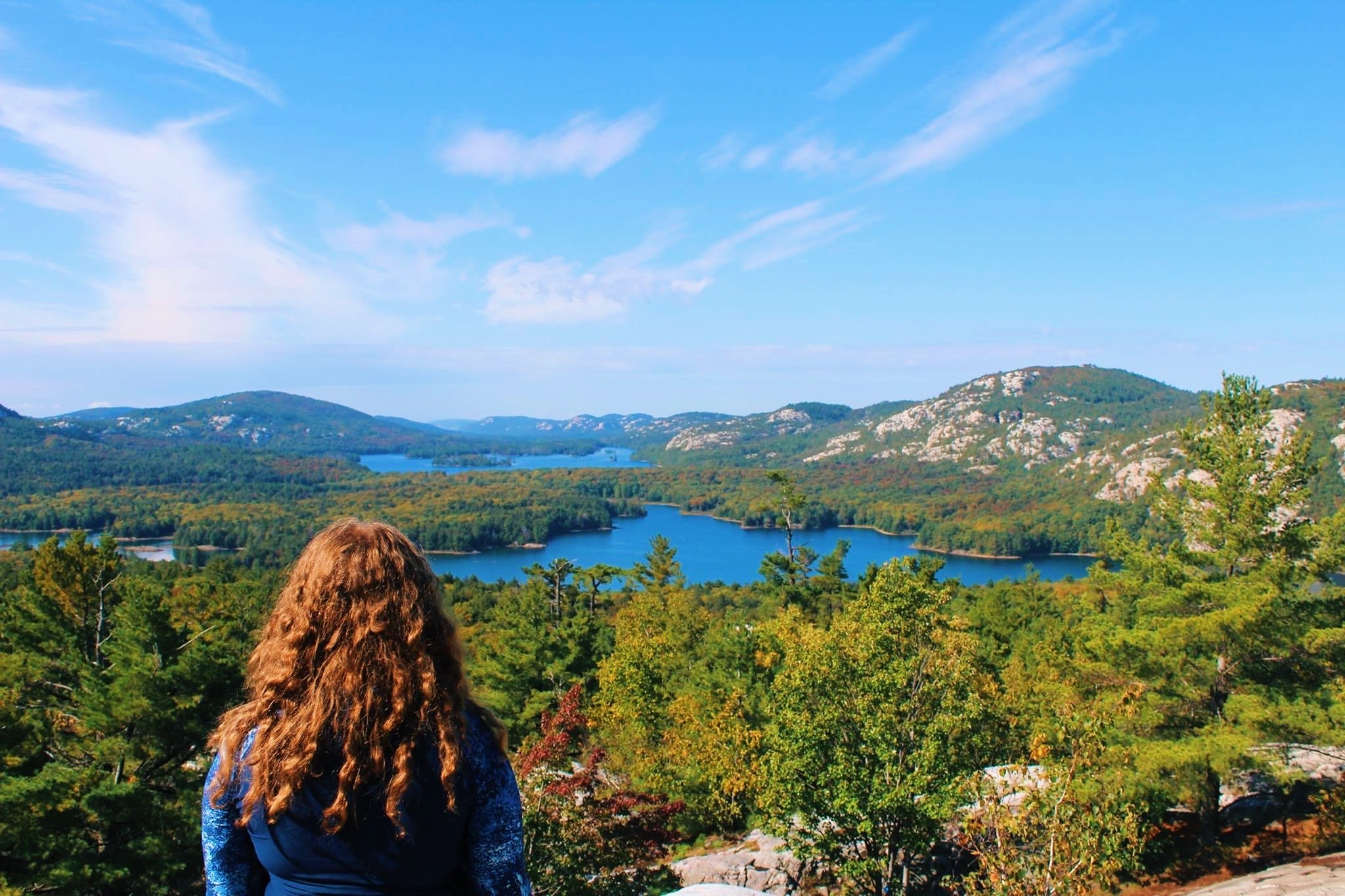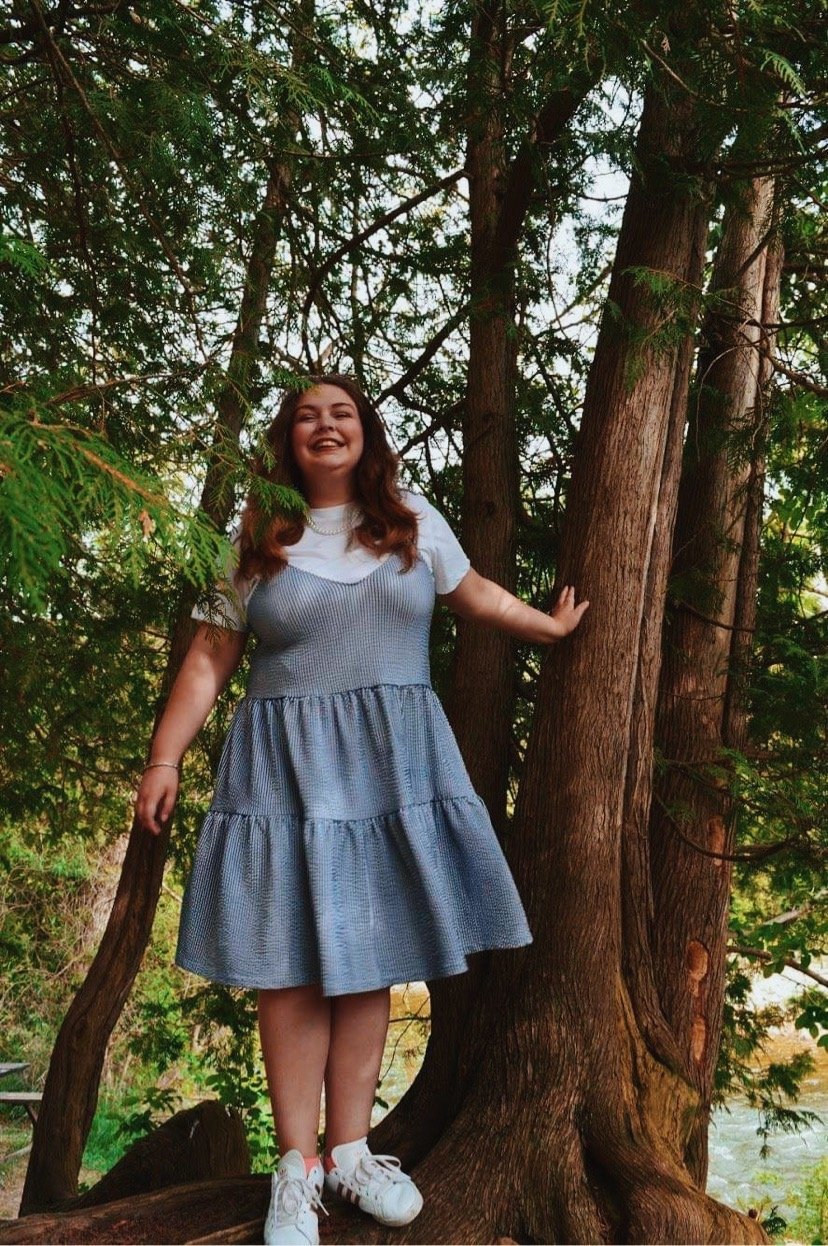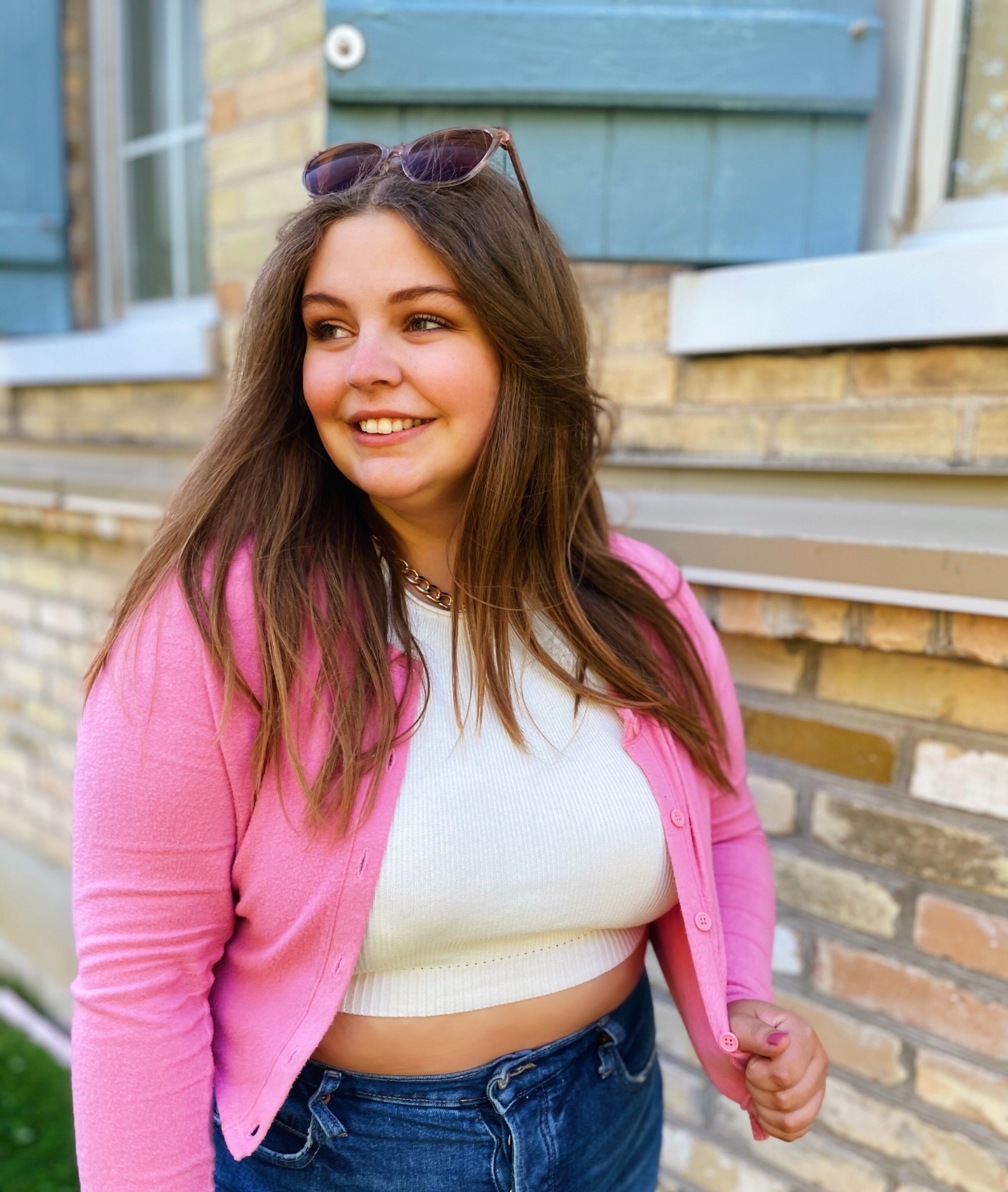Interview with a Kinesiology Student: Meet Meagan Crawford
Our co-op student, Meagan, is heading back to the University of Waterloo to start her 4th year of Kinesiology Co-op. We decided to share an interview with you about her life as a student and what she learned while being a part of the Bruce Village Chiropractic team.
Meet Meagan Crawford
Meagan is a 4th year Kinesiology Co-op student at the University of Waterloo, pursuing a minor in medical physiology.
Her interests include:
Nutrition
Concussion Management
Obstetrics and Gynecology
Barriers to Physical Activity
Patient Empowerment
Outside of education, she enjoys baking, gardening, spending time outdoors, reading, writing, and playing with her dog Chloe.
At the University of Waterloo, she loves getting involved. Some of her roles include:
Director of Services for the Association of Health Students Undergraduate Members (AHSUM)
Volunteer Teaching Assistant in the School of Anatomy
Faculty of Health Ambassador
Student Activities Team (SAT) Member at St. Jerome’s University College
Writer for HerCampus Waterloo
Q: What is Kinesiology? What do you study?
A: Kinesiology is the study of human movement! In my program at University of Waterloo, we build a foundation in physical sciences, math, psychology, anatomy, and physiology before moving into more specific courses. These courses cover topics such as biomechanics, exercise physiology, neuroscience, nutrition, biochemistry, research design, injury, movement assessment, and exercise prescription.
Q: That’s a lot more science than expected, is every Kinesiology program similar to yours?
A: Kinesiology programs can vary quite a bit actually! At Waterloo, we earn a Bachelor of Science degree, while some kinesiology programs will be a Bachelor of Arts or even a Bachelor of Kinesiology (Often referred to as BKin). The difference between these programs is essentially the amount of physical science courses required to meet the graduation requirements, and in our case, there is some calculus involved as well. The biggest thing that sets my program apart from other programs is the amount of hands-on learning and the option to join the co-op program. Over half of our required courses include a lab component. In these labs, students have the opportunity to use ECG and EMG machines, perform VO2 tests, study anatomy on cadavers, complete biomechanical calculations from their own force plate data, and develop many other valuable and transferable skills. Co-op gives students the opportunity to gain 2 years of work experience at jobs that are relevant to their career pathway. It’s a great way to discover jobs you wouldn’t have expected to be interested in, or rule out careers that aren’t a great fit.
Q: Why did you choose to study Kinesiology?
A: While I was in high school, I knew I wanted to apply to medical school someday. After lots of research about which programs would be the best to prepare me, I read a piece of advice that I now tell to all prospective pre-meds; choose a program that interests you. Initially, I was hoping to apply to the Health Studies program at the University of Waterloo. After all, it’s what nearly every other pre-med student was applying to. When I was reading the required courses, I found that there wasn’t enough of a focus on topics I love, like anatomy and physiology. After many emails with the university, I discovered that Kinesiology may be just what I was looking for. Not only is it a program that has a strong focus on my interests, it also provides the strong base in physical sciences that I need to write the MCAT. Furthermore, it provides a thorough knowledge of human health by including courses that cover fitness, nutrition, and psychology. These topics are incredibly important to me, and I know that the knowledge I have gained will be incredibly helpful, both in my personal and professional life.
Q: What career paths are available to a kinesiology student?
While I am using my Kinesiology degree to prepare for medical school, there are many career pathways that can be pursued with a kinesiology degree as the foundation. Many students will opt to pursue further education in topics such as medicine, physiotherapy, occupational therapy, chiropractic, ultrasound, biomechanics, ergonomics, anatomy, and neuroscience. Otherwise, kinesiology graduates can become registered kinesiologists at the end of their undergraduate degree. I love that kinesiology opens up my options for future careers if my interests change.
Q: What made you interested in working at Bruce Village this summer?
I’ve had a growing interest in pregnancy, postpartum, and pediatrics since beginning my Kinesiology degree. Although my interests cover a very wide scope, I have always found that healthcare for that demographic was something that I have felt particularly passionate about. You can imagine how excited I was when I saw a listing on Waterloo Works that focused on the exact demographic that I was interested in learning more about. When I researched Bruce Village, I found that Dr. B had created a clinic and workplace that prioritizes inclusivity and evidence-based care. I was lucky enough to be matched into this placement and have now had the opportunity to learn more about chiropractic care, networking, social media management, website design, and what it takes to run your own business.
Q: What did you learn during your time at Bruce Village Chiropractic?
A: Dr. B consistently went out of her way to find opportunities for me to learn and apply my knowledge to real-life scenarios. I had opportunities to observe treatments, create exercise plans, and practice my clinical skills. Furthermore, I was able to see the hard work and dedication that goes into starting and running a business. From creating business plans and revenue projections to building a client base and optimizing online content, there’s a lot to learn from Dr. B’s business journey. I was also invited to networking events, where I had the opportunity to meet some amazing people and discover the power of a strong community. Saugeen Shores is full of supportive and welcoming people who can accomplish a lot when they work together. Finally, I spent a lot of time advancing my skills with computer software, including administrative work, research, website design, and graphics creation. It may not sound the most exciting, but they’re incredibly useful skills to have.
Q: What is the coolest thing you’ve seen during this co-op placement?
It would definitely be how effective chiropractic care can be! I find it amazing that people can walk into the clinic with debilitating pain and limited movement, and after an appointment they’re able to walk and function almost normally (although normal is relative). This isn’t the case with every patient, but when it happens it’s really exciting.
Q: What courses are next for you?
A: This is something I’m actually very excited about. I haven’t taken many electives in my degree, but this upcoming semester is entirely electives and courses to contribute to my minor in medical physiology. This fall, I get to take:
KIN 301: Human Anatomy of the Central Nervous System
KIN 471: Human Anatomy of the Thorax, Abdomen and Pelvis
KIN 308: Cardiovascular and Pulmonary Physiology
KIN 340: Injuries in Sport and Activity
KIN 428: Upper Extremity Disorders
Thank you for taking the time to read this post and for welcoming me to your community. I cherish all of the interactions I’ve had with those who visited Bruce Village, and I appreciate the amazing learning experiences that wouldn’t be possible without the wonderful Bruce Village community.
If you’re looking for compassionate, evidence-based care, make sure to book an appointment.










